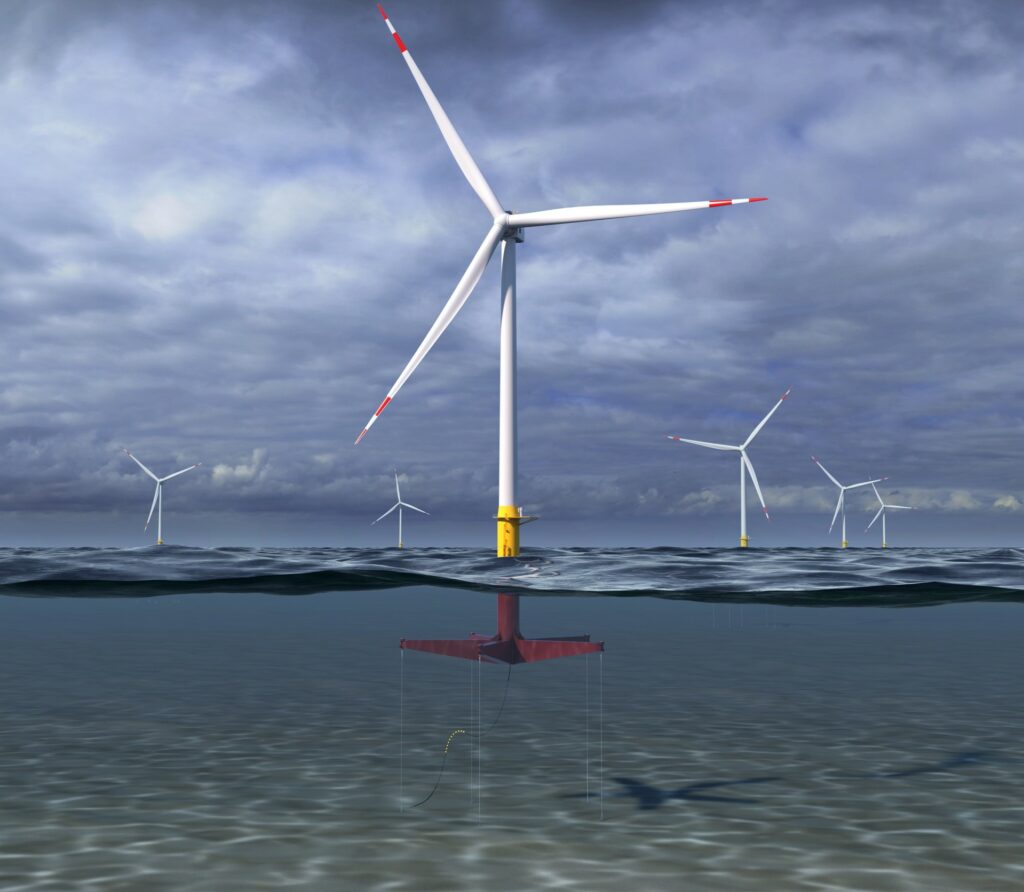博文
[转载]GE, Glosten Present 12 MW Floating Wind Turbine Concept
||
GE has unveiled a 12 MW floating wind turbine concept featuring the company’s Haliade-X model with a 12 MW output and tension-leg platform technology from Glosten.
The concept has been developed within the two-year project for which GE Research was awarded USD 4 million in 2019 through the ARPA-E’s ATLANTIS (Aerodynamic Turbines Lighter and Afloat with Nautical Technologies and Integrated Servo-control) programme in the US.
The project involves designing and developing advanced controls for a 12 MW floating wind turbine, which could enable future floating turbines to have a 35 per cent lower mass compared to current designs.
By coupling a 12 MW GE turbine with Glosten’s PelaStar tension-leg platform floating foundation, the two companies have developed the concept for a light-weight floating wind turbine with up to 35 per cent less mass in the tower and the floating platform.
According to GE, this is expected to result in a very significant reduction of the resulting Levelized Cost of Energy (LCOE) and the core principle that makes this possible is co-designing the controls system with the tower and floating platform.
 Image: Glosten
Image: Glosten
“Designing a floating turbine is like putting a bus on a tall pole, making it float and then stabilizing it while it interacts with wind and waves. Doing this well is both a design and controls challenge”, said Rogier Blom, a Senior Principal Engineer in Model-Based Controls at GE Research.
“Through our ATLANTIS project with ARPA-E, we will be concurrently designing the controls system with the design of the floating structure itself to advance Floating Offshore Wind Energy toward becoming a future commercially viable solution”.
https://blog.sciencenet.cn/blog-2548156-1288353.html
上一篇:[转载]风机价格跌破2000元/KW关口,与光伏组件持平!
下一篇:[转载]我国首个漂浮式海上风电机组成功下线